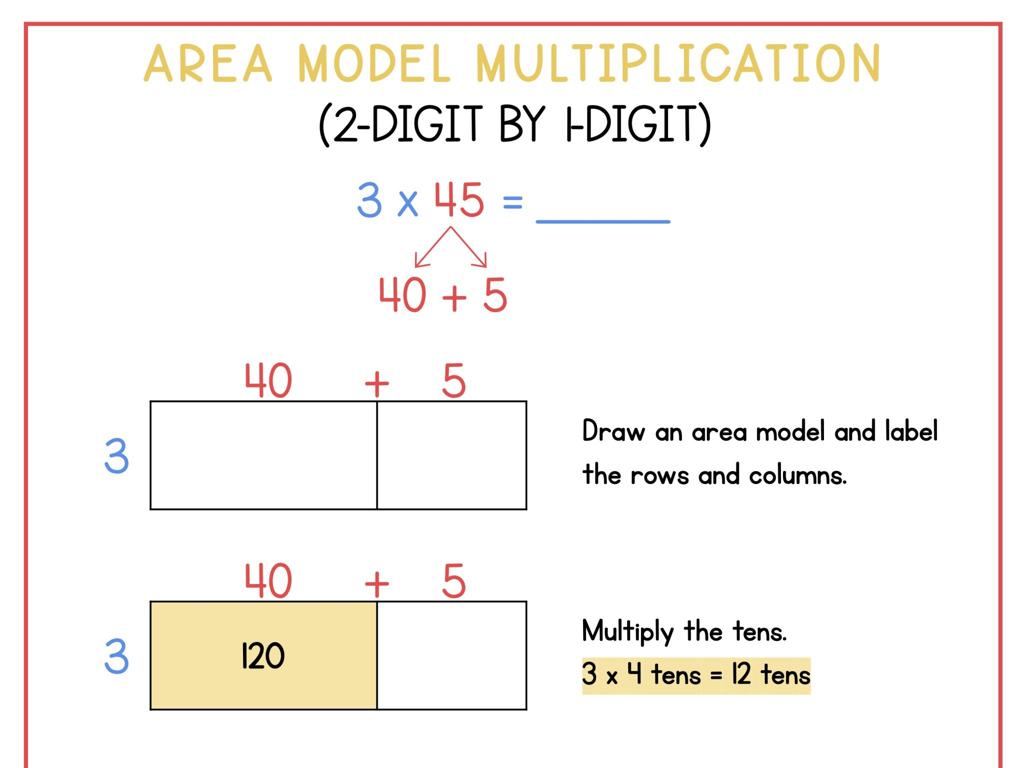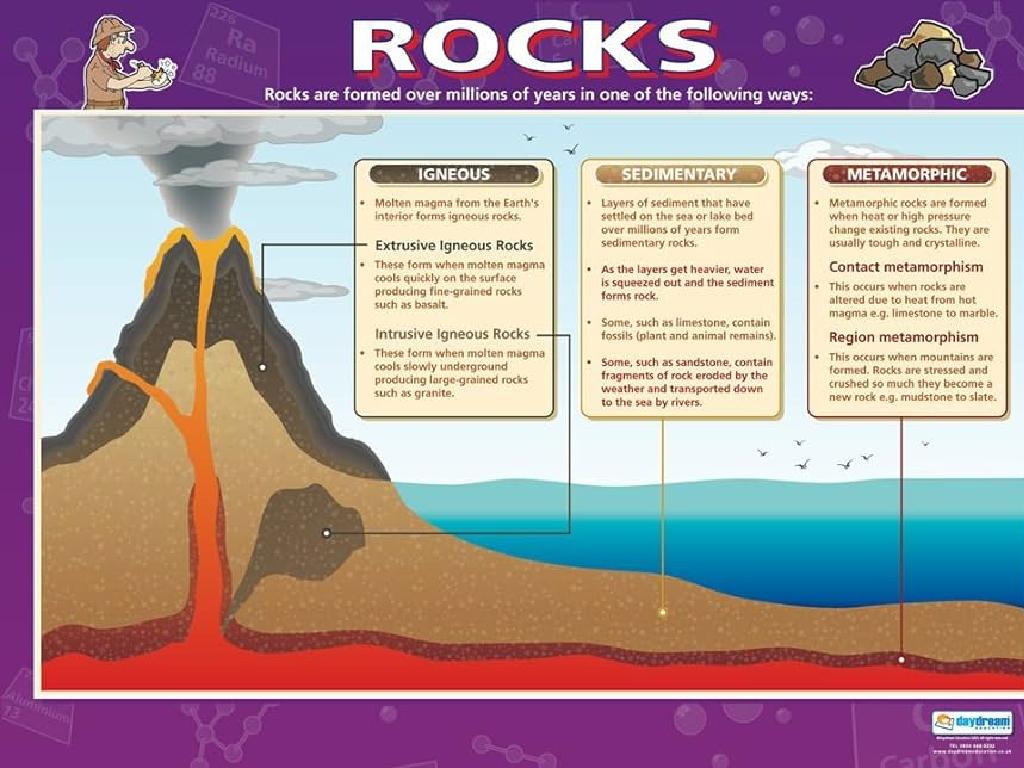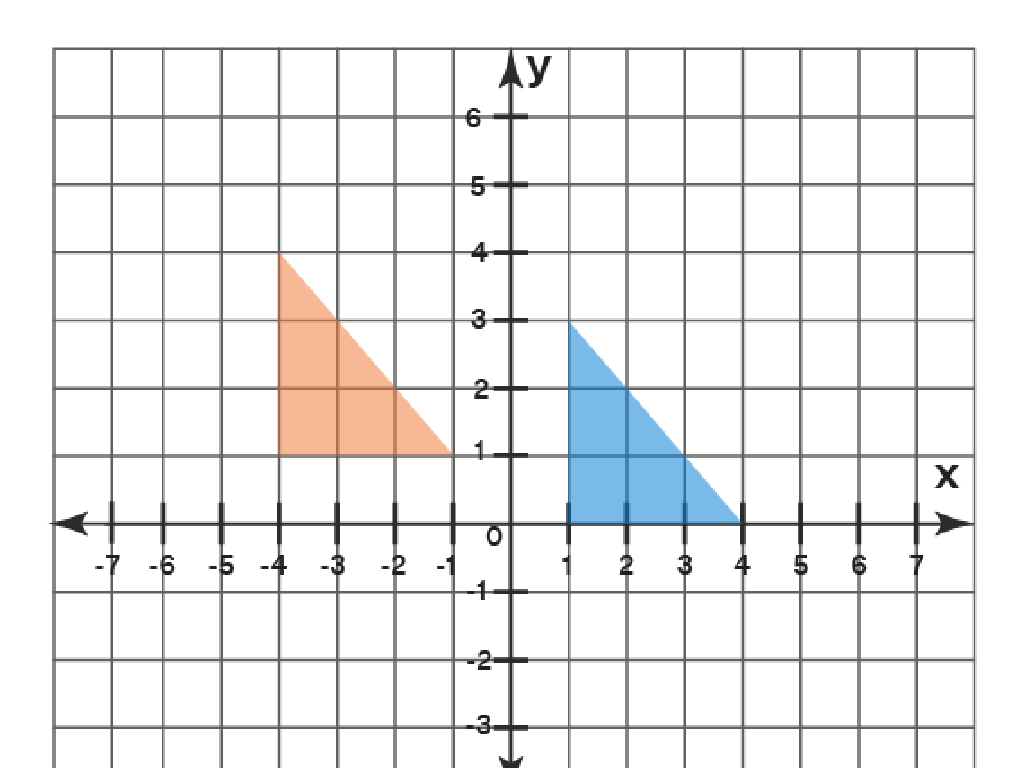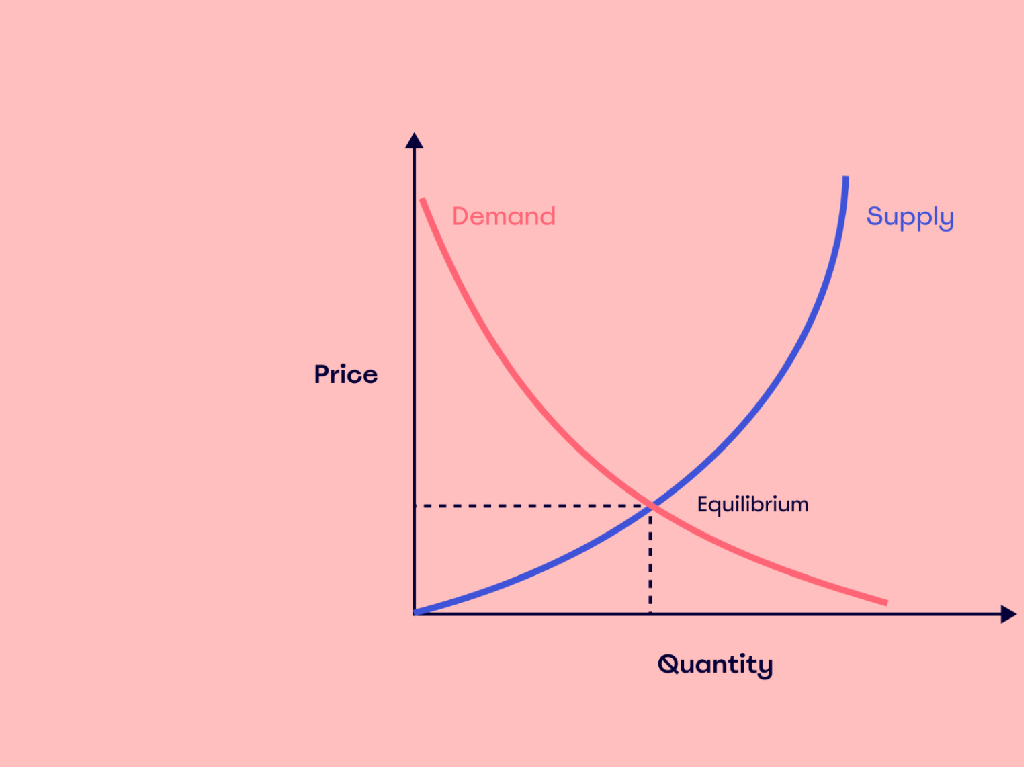Political Participation
Subject: Arts and humanities
Grade: High school
Topic: Us Government And Civics
Please LOG IN to download the presentation. Access is available to registered users only.
View More Content
Introduction to Political Participation
– Define political participation
– Involvement in activities influencing government, e.g., voting, protesting.
– Importance of individual voice
– Each vote or opinion can shape policy and leadership in a democracy.
– Various forms of participation
– Voting, campaigning, community projects, and peaceful protests.
– Encouraging active engagement
|
This slide introduces the concept of political participation, emphasizing its importance in a democratic society. Political participation refers to the various ways in which citizens can engage in the political process, including voting, campaigning, attending community meetings, and participating in peaceful protests. Highlight the significance of each individual’s voice, as every act of participation can influence government decisions and the direction of public policy. Encourage students to think about how they can become active participants in their own communities and the broader political landscape. Discuss the impact of collective action and the role of civic responsibility in maintaining a healthy democracy.
The Power of the Vote
– Voting: A Fundamental Right
– The right to vote is a cornerstone of democracy, allowing citizens to choose their leaders.
– Voting’s Impact on Government
– Elections determine who holds power and makes decisions affecting all aspects of society.
– Understanding Voter Registration
– Registration is the first step to becoming an active voter and participating in elections.
– The Voting Process Explained
– Familiarize with steps from registration to casting a ballot to ensure your vote counts.
|
This slide emphasizes the importance of voting as a fundamental democratic right and its impact on government. Highlight the power each individual holds in shaping government through the act of voting. Discuss the necessity of voter registration as a prerequisite for participation and walk through the voting process to demystify it for new voters. Use examples like historical voting rights movements to illustrate the struggle for universal suffrage and the ongoing importance of active political participation. Encourage students to engage with the material by considering how different levels of government impact their daily lives and how their vote can influence those outcomes.
Beyond Voting: Engaging in Democracy
– Engage through petitions and protests
– Sign petitions or join protests to voice opinions.
– Volunteer for campaigns and civic groups
– Support candidates or causes by volunteering time.
– Understand social media’s political impact
– Use platforms to discuss and spread political ideas.
– Recognize diverse participation methods
|
This slide aims to broaden students’ understanding of political participation beyond the ballot box. Highlight the importance of petitions and protests as tools for citizens to express their concerns and influence government decisions. Discuss the value of volunteering for political campaigns and civic organizations as a means of direct involvement in the political process. Explore the role of social media in modern political engagement, including its power to mobilize, inform, and connect individuals with shared interests. Encourage students to think critically about the various ways they can participate in their democracy and make a difference in their community.
Historical Movements and Political Change
– Civil Rights Movement impact
– Ended segregation, Voting Rights Act
– Women’s Suffrage: 19th Amendment
– Gave women the right to vote in 1920
– Youth Movements’ role
– From Vietnam protests to climate change activism
– Understanding political change
|
This slide aims to highlight the significant impact of historical movements on political change in the United States. The Civil Rights Movement, a pivotal period in the 1950s and 1960s, led to the end of legal segregation and the passage of the Voting Rights Act. The Women’s Suffrage movement culminated in the 19th Amendment, granting women the right to vote. Youth movements have been influential from the Vietnam War protests to modern-day climate change activism, showing the power of the younger generation in shaping political discourse. Discuss how each movement utilized political participation to achieve its goals and how students can draw inspiration from these movements to effect change in their own communities.
Barriers to Political Participation
– Voter suppression tactics
– Laws and practices that deter voting, e.g., strict ID requirements
– Gerrymandering’s impact
– Redrawing districts to influence elections can skew representation
– Importance of civic education
– Knowledge of civic rights and responsibilities empowers voters
– Enhancing political literacy
– Understanding political processes and issues leads to informed decisions
|
This slide addresses the obstacles that can hinder citizens’ participation in the political process. Voter suppression includes methods that make it difficult for certain groups to vote, such as stringent ID laws or limited polling locations. Gerrymandering involves manipulating electoral district boundaries to favor a particular party, which can distort the will of the voters. Civic education is crucial as it equips individuals with the knowledge about their government, rights, and how to engage effectively in the political process. Political literacy is the understanding of political affairs and issues, which is essential for making informed choices. Discuss these barriers in detail and explore how they can be overcome to ensure a more inclusive and representative political system.
Your Role in the Political System
– Identify issues that matter to you
– Consider what changes you wish to see in your community or country.
– Explore involvement in local government
– Attend town hall meetings, join local boards or committees.
– Create a personal political action plan
– Outline steps to take, such as volunteering for campaigns or registering to vote.
– Understand the impact of participation
|
This slide aims to empower students to recognize their potential impact within the political system. Start by guiding them to reflect on issues they are passionate about, whether it’s climate change, education reform, or healthcare. Discuss various ways they can get involved at the local level, such as attending meetings or joining advisory groups. Encourage them to create a plan for how they will engage politically, including actionable steps like voter registration. Emphasize that their participation can lead to meaningful change and that every voice counts in a democracy.
Class Activity: Mock Election Experience
– Organize an in-class mock election
– Discuss informed voting significance
– Understanding the impact of each vote and the need for voter education
– Reflect on democratic participation
– Emphasize the value of each individual’s contribution to democracy
– Share the election results
|
This class activity is designed to simulate the election process and emphasize the importance of political participation. Students will organize a mock election, including campaigning, voting, and counting votes. The discussion should focus on the importance of being an informed voter, understanding the issues, and knowing the candidates. After the election, students should reflect on their experience and the democratic process. Possible activities include assigning roles (e.g., candidates, voters, election officials), creating campaign materials, and setting up a voting booth. The teacher should facilitate the discussion and reflection, ensuring that students understand the significance of their participation in a democratic society.






